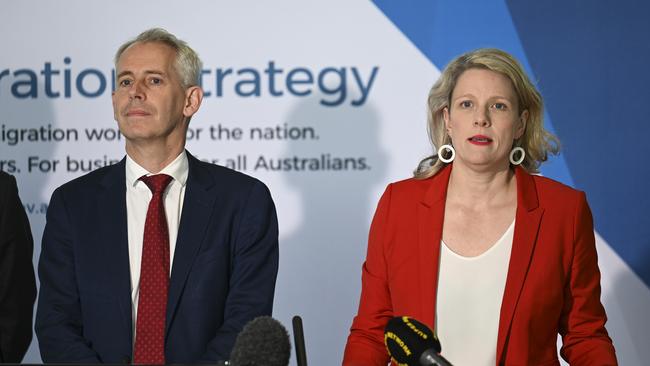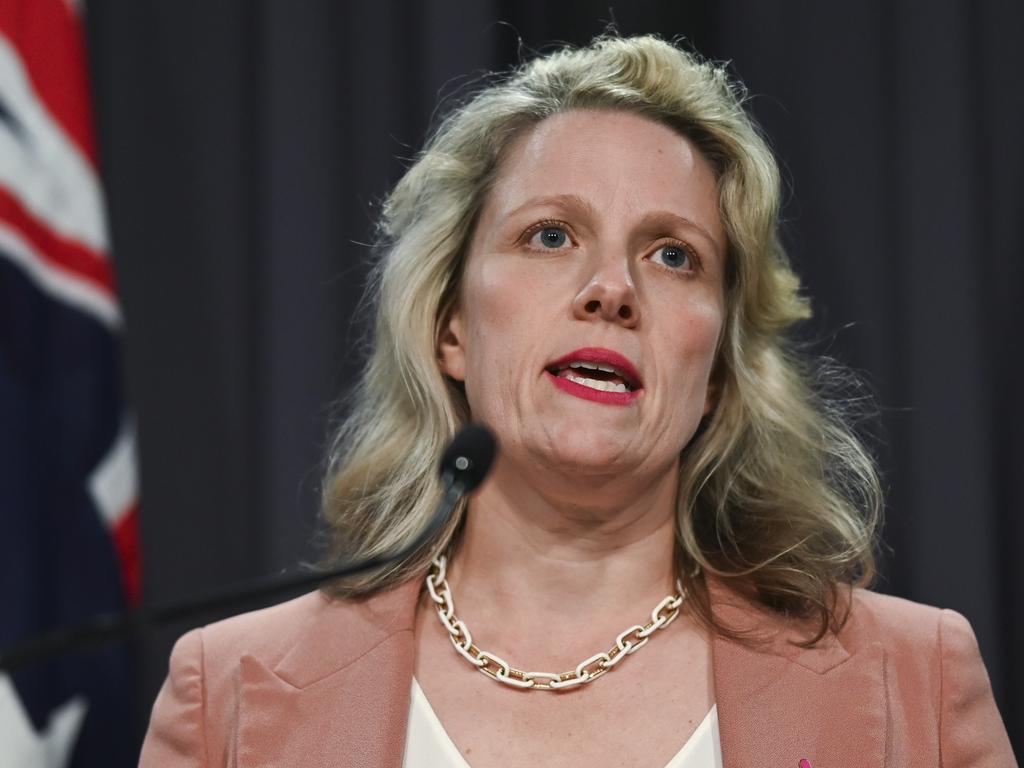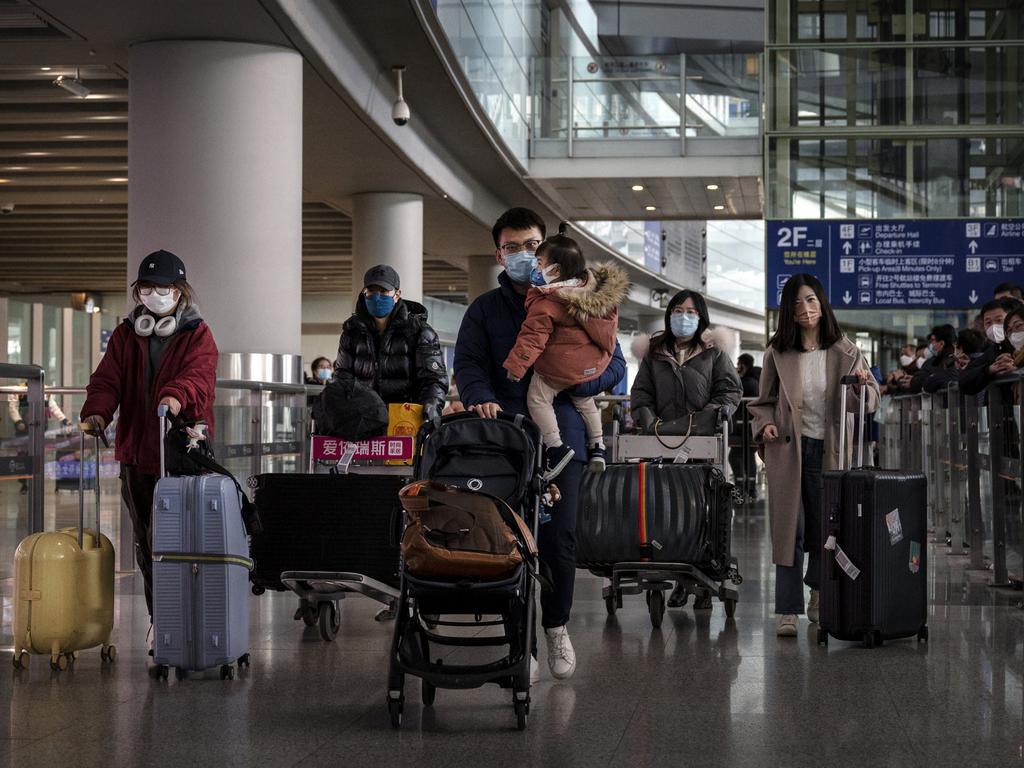Labor’s migration strategy seen as a game changer by employers, workers and experts
The Albanese government needs to get a lot of things right quickly, and ongoing Team Australia support, if it is to successfully cut the migrant intake.

Business groups and the peak union body have welcomed the Albanese government’s Migration Strategy, arguing the fast-tracking of visas for highly skilled workers will raise productivity growth, while the goal of improved long-term planning for arrivals will ease strains on the nation’s housing and services.
But the construction lobby said the exclusion of trades from a new “specialist” visa category would hinder the government’s efforts to solve the housing crisis, while the federal opposition said Labor’s five-year arrivals projections had blown out by a cumulative 125,000 since the May budget.
On Monday, Home Affairs Minister Clare O’Neil launched the government’s long-awaited response to the Migration Review, published in April, after consultations with industry, unions and lower levels of government.
As The Australian revealed on Saturday, the strategy includes new pathways for permanent settlers and prized highly skilled workers, as well as harsher rules to screen out non-genuine students and send home temporary entrants the nation does not need.
To win public support for the revamp amid a post-pandemic population surge largely driven by record levels of foreign students and temporary workers, Ms O’Neil said tightening English-language requirements on students and cracking down on “dodgy” education providers would “design out migrant worker exploitation from the system”.
“This strategy is about building back integrity into the system, with Treasury forecasts showing that migration is expected to decline substantially over the next financial year,” she said.
Wednesday’s mid-year economic and fiscal outlook will show net overseas migration peaking at 510,000 last financial year, falling to 375,000 this year and easing to 250,000 by 2024-25.
Analysis by The Australian shows the pandemic’s migration losses will soon be restored, with cumulative net overseas migration now tracking closely with pre-Covid projections.
If Treasury’s latest estimates hold, by the middle of 2027 migration will have added 1.935 million people over eight years, which is 35,000 or 1.8 per cent more settlers than projected before the pandemic.
Business Council of Australia chief executive Bran Black said the government had “got the balance right” between training local workers and importing skills that were in short supply.
Mr Black welcomed removing “the out-of-date and inflexible occupation lists and replacing it with a new specialist skills pathway at a threshold of $135,000”.
He said the move will make it easier for employers to bring in the highly skilled talent needed to help develop local industry, and train and upskill Australian staff.
University of Adelaide law professor Joanna Howe, a member of the Parkinson review’s expert panel, said the “proper rigorous assessment of what skills are needed here” by Jobs and Skills Australia, in tandem with employers and unions, was a game changer that would for the first time bind the skills and training system with migration policy.
Professor Howe said allowing a temporary skilled worker who leaves their employer 180 days to find another job, with the ability to earn income in the meantime, was “really innovative” policy.
“No other country offers that mobility and it’s a courageous move,” she said.
ACTU acting secretary Liam O’Brien said Labor’s strategy “was a win for all workers” and would return permanency to the centre of Australia’s migration system.
“Migrant worker exploitation is rampant in this country, one of the key causes being visa conditions that effectively bond temporary migrant workers to their employer sponsor – meaning the employer controls your pay cheque and your passport,” Mr O’Brien said.
Master Builders Australia chief executive Denita Wawn said “labour shortages remain the biggest source of cost pressure and disruption for the building and construction industry”.
“We need skilled migrants now more than ever in the building and construction industry if we are going to meet the Housing Accord and net zero targets,” Ms Wawn said.
But she said bumping skilled trades into the second-tier of the three-tiered skills in demand four-year visa could confuse and discourage high-earning workers.
Opposition immigration spokesman Dan Tehan said the new strategy ignored the regions and non-urban communities would be worried the skills-in-demand visa would sever the link between temporary workers and the regional businesses that sponsor them, creating a shortage.







To join the conversation, please log in. Don't have an account? Register
Join the conversation, you are commenting as Logout